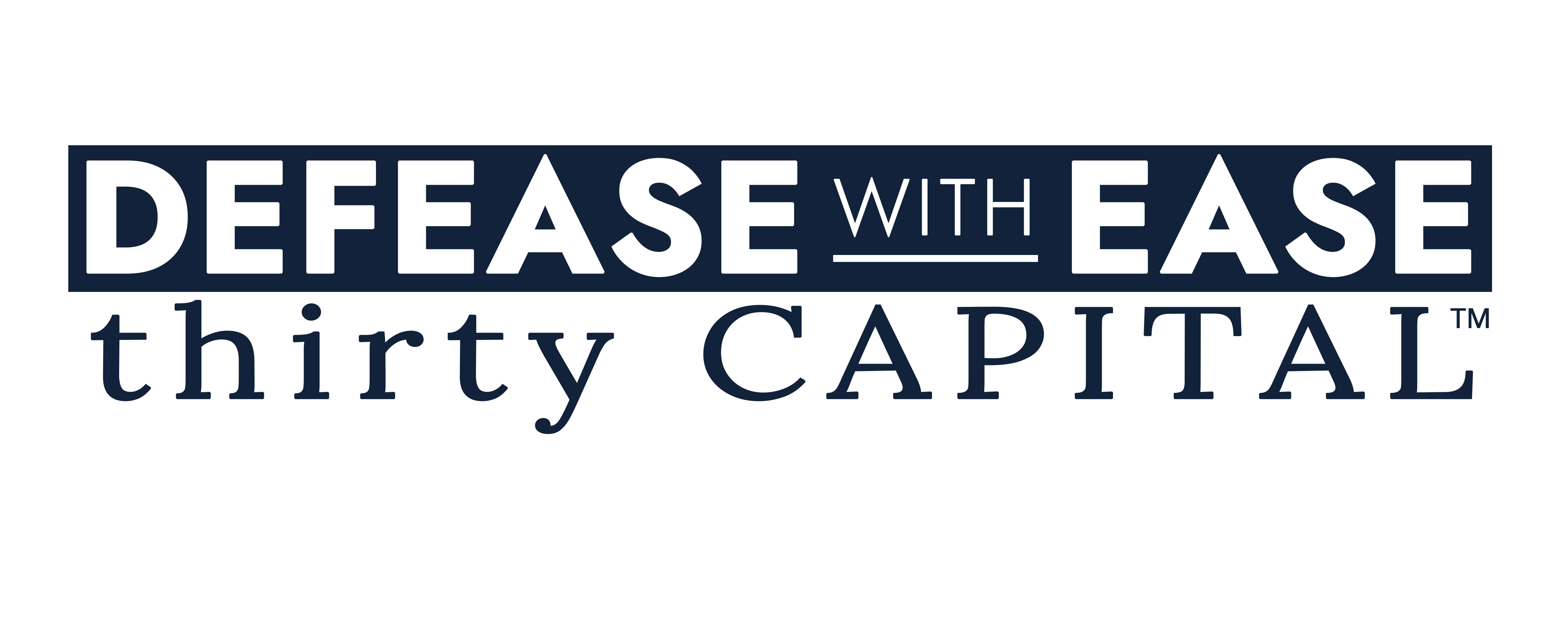Navigating the complexities of debt management in commercial real estate (CRE) requires a keen understanding of the forces that influence interest rates. One of the most important tools for forecasting future interest rate movements is the forward curve, which is a vital indicator for any CRE owner and decision-maker looking to optimize their debt strategy. Understanding how the forward curve works and how to interpret it can provide valuable insights for managing debt, hedging interest rate risk, and making informed financial decisions.
In this article, we will explore what the forward curve is, how it impacts CRE debt strategies, and how CRE professionals can leverage this tool to make smarter, data-driven decisions.
What is the Forward Curve?
The forward curve is a graphical representation of market-implied future interest rates, typically based on the yields of financial instruments such as Treasury bonds, swap rates, and futures contracts. It shows the expected interest rates over various time horizons, allowing investors, borrowers, and lenders to assess market expectations about how rates may behave in the future.
Source: Defease With Ease | Thirty Capital’s proprietary debt management solution, Lobby CRE.
In CRE debt management, the forward curve provides a snapshot of market expectations for how borrowing costs may shift over time. By analyzing the curve, professionals can anticipate potential rate movements and adjust their strategies to align with evolving market conditions.
The forward curve is derived from a variety of sources, including:
- Government bond yields: The yields on Treasury bonds are often used as a benchmark for risk-free interest rates.
- Swap rates: Swap rates are the fixed rates exchanged in an interest rate swap agreement. These rates reflect the market’s expectations for future interest rates.
- Futures prices: The prices of futures contracts, particularly those related to interest rates (such as the Eurodollar futures), provide an insight into future rate expectations.
In many economic environments, the forward curve is sloping upward, indicating market expectations of rising rates over time. However, it can also be flat or inverted in certain economic conditions, signaling potential economic stagnation or deflation.
The Role in CRE Debt Strategy
The forward curve can help CRE professionals make informed decisions about their debt portfolios by offering a view—albeit an imperfect one—of where interest rates may be headed. While borrowers generally recognize that these projections rarely materialize exactly as expected, the curve still provides a useful framework for anticipating how rate changes could impact financing costs, debt servicing, and overall portfolio performance. Here are several ways it can influence CRE debt strategy:
Interest Rate Forecasting and Debt Structuring
A key application of the forward curve is guiding how CRE professionals structure their debt. By interpreting its signals, they can assess whether to pursue fixed- or floating-rate options and determine the optimal timing for refinancing or securing new financing, all based on anticipated rate trends. For example:
- If rates are expected to rise: Individuals may choose to lock in a fixed-rate loan now to protect themselves from higher borrowing costs in the future. This strategy can help stabilize their debt servicing requirements and reduce the risk of increased interest expenses.
- If rates are expected to fall or remain stable: Individuals may opt for floating-rate debt, which typically offers lower initial rates. However, they should remain mindful that market expectations can shift, exposing them to rising costs.
Additionally, by monitoring the forward curve, professionals can determine the optimal time to refinance or enter into new debt agreements. For example, if the curve indicates that rates are likely to rise in the next few years, individuals may choose to refinance at current, lower rates before the market shifts.
Hedging Strategies
The forward curve also plays a key role in determining hedging strategies for interest rate risk. CRE owners and decision-makers can use various hedging instruments—such as interest rate caps and swaps—to mitigate the potential impact of future interest rate increases.
For example, if the forward curve signals that rates are likely to rise, an individual may enter into an interest rate swap agreement to lock in a fixed rate for a portion of their debt. This hedge helps ensure that rising rates will not erode their cashflow or strain their financial position.
If rates are expected to remain stable or decline, professionals may still choose to hedge against unexpected upward rate movements to protect cashflow in case market conditions change.
Interest rates directly affect property valuations. As rates rise, financing becomes more expensive, which can lower property demand and market values. The forward curve offers insights into potential changes in the cost of capital, helping CRE owners anticipate future refinancing or sale conditions. However, it’s important to note that the curve reflects educated projections — not certainties — and rarely plays out exactly as expected.
For example, if the forward curve predicts rising interest rates, individuals may want to act quickly, potentially through a sale or refinance, before rate increases make financing less attractive. On the other hand, if rates are expected to stay low or decline, individuals may take advantage of lower financing costs to make acquisitions or refinance at more favorable terms.
How to Read the Curve and Interpret It for CRE Debt Strategy
Interpreting the forward curve requires an understanding of how different economic conditions affect interest rate expectations. Here’s how CRE owners and decision-makers can read and interpret the curve to inform their debt strategies:
Upward-Sloping Curve (Normal Yield Curve)
When it slopes upward—often a sign of expected economic growth or inflation—it may be wise to consider fixed-rate financing to guard against future rate hikes. CRE owners and decision-makers with floating-rate debt might also explore hedging tools to manage potential increases in borrowing costs.
Flat Curve
A flat curve suggests that the market expects little change in interest rates over time. This could indicate that the economy is in a stable period with moderate inflation or growth expectations. For CRE owners and decision-makers, a flat curve may signal that floating-rate debt is a reasonable option, as there is less risk of significant rate increases in the near future.
Inverted Curve
An inverted forward curve, where short-term interest rates exceed long-term rates, is often reflected in the forward curve and may signal market expectations of an economic slowdown or even a recession. In this scenario, CRE owners and decision-makers may want to be cautious about taking on significant debt, especially at short-term rates, and may consider locking in fixed-rate financing to protect against future economic uncertainty.
Real-World Applications of the Forward Curve in CRE Debt Strategy
CRE owners and decision-makers can use the forward curve to fine-tune their debt strategies and make more informed decisions about refinancing, acquisitions, and portfolio management. Here are a few real-world examples:
- Refinancing Decisions: If the forward curve suggests higher future rates, refinancing at current levels may offer cost-saving opportunities, especially for maturing debt.
- Debt Maturity Management: The forward curve can help inform timing decisions when aligning debt maturities with expected interest rate environments. However, it should be used alongside property-level financial analysis and broader capital planning.
- Acquisition Strategies: When the forward curve signals that rates will remain low for an extended period, professionals may look to acquire additional properties, taking advantage of cheaper financing to grow their portfolios.
Forecast Smarter
Navigating the intricacies of CRE debt management requires more than just awareness; it demands actionable insights grounded in data. The forward curve offers owners and decision-makers a clear lens into market expectations for interest rates, empowering them to make proactive, strategic decisions around financing, refinancing, and hedging.
At Defease With Ease | Thirty Capital, we combine deep market expertise with a proprietary debt management solution that integrates forward curve analytics to help CRE professionals make smarter decisions. Our platform delivers real-time insights and strategic guidance for refinancing, hedging, and optimizing debt—empowering you to stay ahead of market shifts and enhance portfolio performance. Connect with our team to see our debt management solution in action.
 The Lobby AI Mobile App is here! In the field, in meetings, on the go: instant portfolio insights right on your phone.
The Lobby AI Mobile App is here! In the field, in meetings, on the go: instant portfolio insights right on your phone. 




